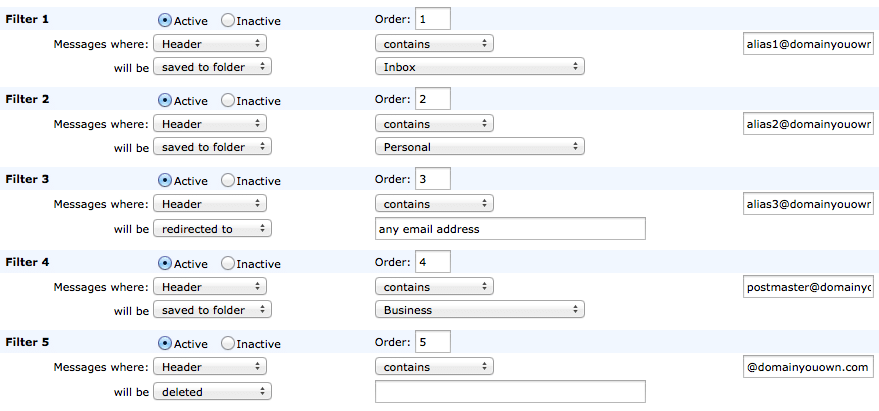From 1st October 2013 the Runbox websites will no longer use browser-based tracking cookies to collect anonymous statistics about visitors to the public part of our website.
We have never used tracking cookies on the logged-in pages of the website that make up the email service itself.
What are tracking cookies?
Tracking cookies are small pieces of code embedded into web pages that can collect useful information about browsers that access those pages. The statistics are used to find out how visitors use a website, and in turn this information can be useful to improve the website for visitors. The cookies we used could also tell us something about the types of browsers being used, and help us identify problems with our web pages. Statistics such as which countries people visit the web site from can also help with our marketing, and in turn this can help make Runbox more cost effective for our members.
So if tracking cookies are so useful, why are you removing them?
Over recent months there has been increased awareness of privacy and security in online communications. You will probably have heard about this in the news on many occasions. Runbox is very certain of what it does with the personal details of its members, and Norwegian law makes it illegal for us to share that information with anyone without a Norwegian court order.
Like some of our members, we have become uncomfortable with us sharing even anonymous information with other services. Therefore, we have taken the decision to remove Google Analytics from our website. We also tried an open source alternative that recorded data only on our own servers. However, after various conversations both within the Runbox team and with some members, we felt we needed to move away from tracking that uses code inserted into the web pages themselves.
How can I check that you have removed tracking cookies?
If you want to see what kind of tracking cookies are used on any website, you can download a free browser add-on such as Ghostery. This add-on shows you the cookies being used, and also allows you to block them.
Are you using any kind of cookies on your website?
Yes, we use session cookies when you log in so that you can use the webmail interface. These sorts of cookies are very common on websites where you need to log in to an account and mean that you only have to provide your details at the login page and not on each page you access. You can read more about why we use session cookies in our Privacy Policy. Session cookies are not tracking cookies and do not record information about which pages you visit on our website.
So are you collecting any kind of statistics?
Like any other responsible service our servers automatically log* each request in case something goes wrong. This anonymous information is considered essential information from an administration and technical point of view. Many would regard us as being irresponsible if we didn’t know something about what pages had been accessed on our own servers. No personal information is recorded in these logs. Anonymous statistics can be compiled from the logs, and when we do this we will use that information internally only. This information will be subject to the same rules as any personal information we have about members, and not shared with third parties.
A note about IP addresses
Some members tell us they are concerned that the IP (Internet Protocol) address assigned to them by their Internet Service Provider (ISP) could be used to find where they live. It is true that some IP addresses are arranged regionally by ISPs, and this might reveal some information about where the Internet connection that IP address is assigned to is located. If you are concerned that your IP address reveals too much information about you, then we suggest that you contact your ISP to find out if they are able to help you in any way. There are websites that can give you some idea about what geographical information your allocated IP address gives away about your Internet connection. Just do a search for “geoip”.
It is possible to use Virtual Private Network (VPN) services to get more privacy. These effectively give you an alternative IP address to the one given by your ISP, and this can even be in a different country to where you live. VPN connections like this work by providing a secure encrypted connection to a server in another location, and it is from this remote location that you access the rest of the Internet.
If I still have concerns what should I do?
If you still have questions about Runbox and how we ensure your privacy please get in touch with us by using our support website at https://support.runbox.com.
* The word log is a shortening of log-book. A ship’s log-book was a record of its journey and was called this because a log would be thrown overboard with a rope attached, and the progress of the ship would be measured by the number of knots that would pass through the sailor’s hands in a given time.

